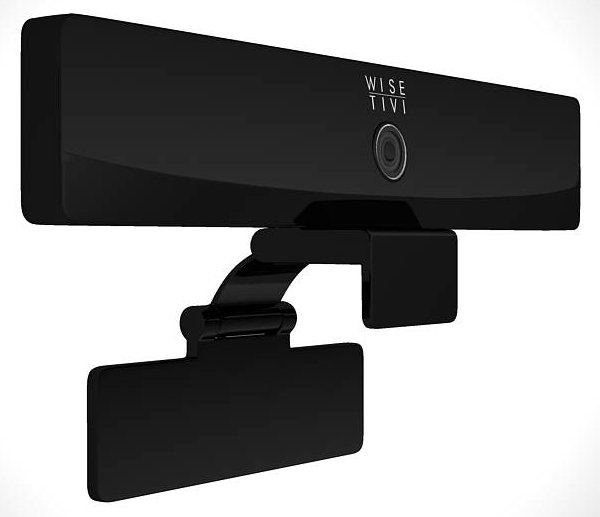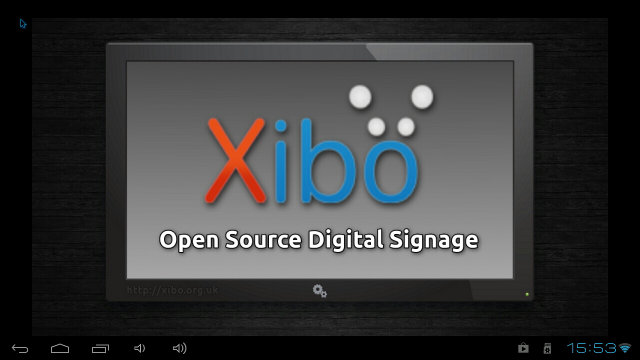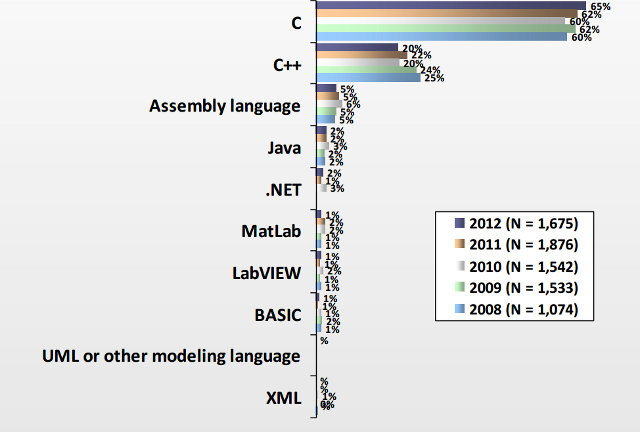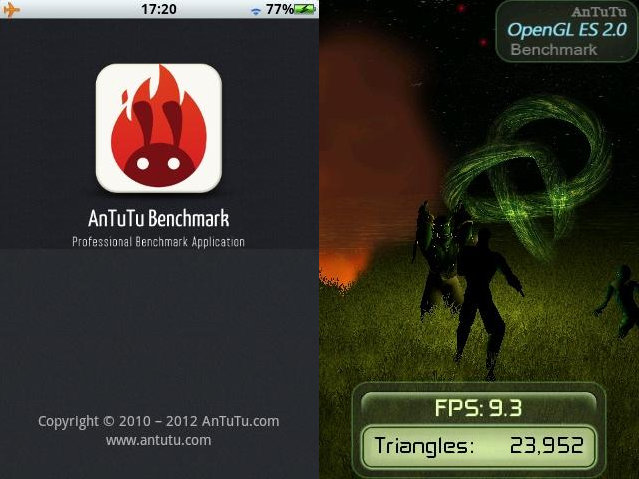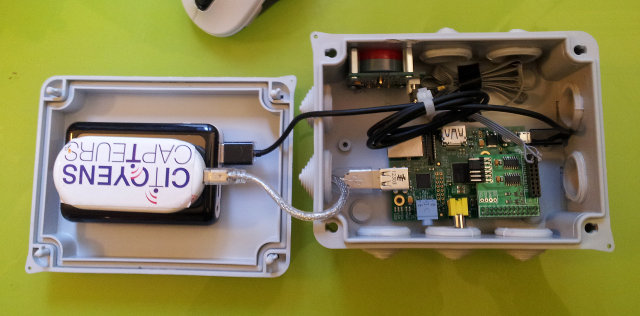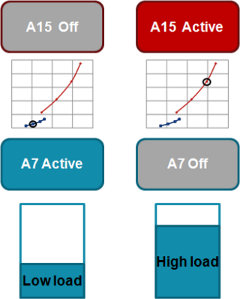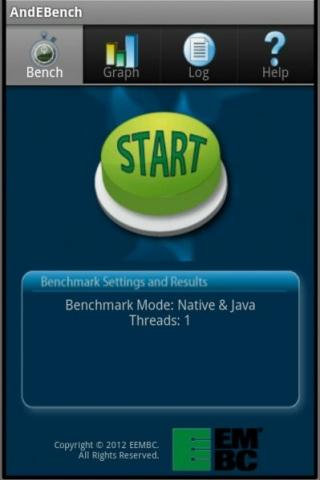Wise Tivi is a new company that recently launched 3 Android 4.2 (Jelly Bean) products based on what appears to be Rockchip RK3066 processor: Wise Tivi Camera ($89.99) – A set-top box with a front camera that can be conveniently placed on top of the TV. Wise Tivi Portable ($79.99) – The mini PC / PC-on-an-HDMI-stick version. Wise Tivi Box ($59.99) – A standard Android set-top box with IR remote control. According to the company website, all 3 devices share the following specifications: SoC – Dual Core ARM Cortex A9 1.6Ghz with Quad-core ARM Mali-400 MP (Rockchip RK3066) System Memory – 1GB DDR3 RAM Storage – 4 GB Nand Flash (up to 16GB) and microSD card slot Connectivity – WiFi 802.11 b/g/n Video Output – HDMI 1.3 (up to 1920×1080 resolution), USB – 1 x micro USB OTG, 1x SB 2.0 HOST and 1x micro USB for power. Video – […]
Xibo for Android on Mele A1000 Set-top Box & WM8850-MID Tablet
Earlier this month, Xibo developers announced the beta version Xibo for Android was available for testing. Contrary to the Linux & Windows clients and servers which are open source, Xibo for Android is developed by Spring Signage and will available commercially. This sponsorship will help finance the development of Xibo open source software: the 2 clients (.net in Windows, Python in Linux), the server and API. The current beta version supports the most important features of the Windows client, but lacks support for Adobe Flash, Microsoft PowerPoint, Datasets, Microblog, Stats, Counter Media, Socket Listener, Lift/Serial Interface Support, Offline Update via USB Drive, Full Compositing (overlapping regions) and Video Transparency. If you want to test the Xibo client for android, you can register for the private BETA and download an APK (Xibo_Android_Clientv1.0.12.apk) to install on your Android devices. Being part of the BETA program will also guarantee you a price of […]
2012 Embedded Market Study – Software Development & Processors
I’ve just come across an Embedded System Study by UBM published in April 2012. The company surveyed over 1,700 professionals working on embedded systems who are mainly based in the US (56%), but also in Europe (21%) and Asia (12%). The report is 87 long, but I found some of the slides are particularly interesting in regards to programming languages, operating systems and software life cycle, as well as processor/micro-controller choices. Unsurprisingly C (65%), C++ (20%) and assembler (5%) are still the main languages used for embedded software development. In this report, we also learn that the average team is composed of 14.5 members including 5.6 software engineers, 5.6 hardware engineers and 3.3 firmware engineers. 2012 was the first year they included QA Engineers and system integrators both with 2.6 members on average working on projects lasting from less than 6 months to over 25 months. UBM survey also provides a […]
Antutu Benchmark 3.0 Release
As I mentioned in the list of Android benchmarks, Antutu was going to release version 3.0 of the benchmarking tool on the 26th of November. This is now done, and if you go over Google Play, you can download Antutu Benchmark 3.0. They have improved a couple of things over 2.xx version mainly on the graphics side: New OpenGL ES 2.0 3D benchmark for 3D game performance test. Fully new 2D benchmark for 2D game performance test. Add compare page to compare scores with hot devices. Auto stop the benchmark if detected the app has been modified. Redesigned and adjustment app UI. Enhance SDCard path detection. Fixed some web page auto pop up bug. Fixed sometimes get stuck in splash screen. Fixed submit score page appear twice after benchmark. Update Italian and Ukraine translate. I have tried the new version on my WM8850-MID Tablet, and the first thing I’ve noticed […]
Le Labo Citoyen Gasser – Raspberry Pi Based High Precision Pollution Monitoring System
“Le Labo Citoyen” is a recently founded French non-profit organization aimed at “promoting and experimenting with innovating and free technologies for the citizens and the environment”. Their first project is to gather pollution data (NO2, O3, and SO2 levels) in Paris using 2 (soon to be) open source components: Gasser – Self-contained mobile sensor currently powered by the Raspberry Pi ThingStream – Open source IoT datastore which should be similar to iDigi Cloud, except you can just store data in your own server or on “Le Labo Citoyen” servers. Gasser has four main parts: Sensor(s) – Alphasense B4-series sensors (black and red component in the top left of the main box) with accuracy of up to <10 ppb (parts-per-billion). Cost: ~110 Euros. They currently only use the NO2 (nitrogen dioxide) sensor. ADC & Computer – Raspberry Pi (Cost: ~30 Euros) & Delta-Sigma ADC (Cost: ~30 Euros). Communication Medium – Huawei […]
Big.LITTLE Processing Implementations and Current Status
There was a big,LITTLE mini-summit during Linaro Connect Europe 2012, where an update was given on current big.LITTLE implementations and the results of measurement of power vs performance. Big.LITTLE Processing Implementations Overview As briefly mentioned in “Versatile Express TC2 (2xA15, 3xA7) Development Board at ARM Techcon 2012“, there are 2 big.LITTLE implementations: In-kernel switcher (IKS) This implementation is already available through Linaro and only required minimal changed to the kernel as it mainly an augmentation to DVFS (Dynamic Voltage and Frequency Scaling) except instead of only adjusting voltage and frequency depending on the load, it will also move the load to different cores. The main drawback is that this implementation only uses half the cores. For example, on a 2x Cortex A15 / 2x Cortex A7 system, it can only use 2 cores at the same time (either A15 or A7 cores), as the load is managed between one type […]
List of Android Benchmarks, Optimizations Results & Benchmarks Analysis
Linaro Connect Europe occurred in Copenhagen on Oct. 29 – Nov. 2 2012 (LCE12) and included 3 mini-summits about Android, big.LITTLE and ARMv8. Linaro has recently posted the presentation slides and I’ll have a look at a few of those slides in details and try to post information that I feel can be interesting. Today. I’ll go over the “Benchmarking and Optimization Opportunities” slides, where we can learn which Android Benchmarks Linaro use, how they’ve decreased benchmark results variance, which parts of the system are actually tested by benchmarks (profiling), and what they plan to do to further optimize Android on ARM. When I do some reviews, I usually simply use Antutu and Quadrant benchmarks to assess the performance of the devices, but Linaro uses many more benchmarks which I’ll list below. I’ll provide 2 links for each benchmark. The first link is to the official website and the other […]
How to Root Kimdecent T21 mini PC and other Nufront NS115 Android Devices
The guys at androidpc.es have acquired a Kimdecent T21 mini PC (aka GV-21) based on the dual core Nufront NS115 processor, and posted instructions to root Kimdecent T21 in Spanish (and now in English) before writing a full review which should be posted next week. Here are the English instructions below: Download Moborobo and install it. Moborobo need to install unsigned drivers. By default, Windows 8 is not too happy with unsigned drivers, and you’ll have to follow these instructions, if you use that OS. Download ROOT-T21 and uncompress it. Make sure USB Debugging is enabled in your mini PC (Settings –> Developer Options) Install Moborobo Daemon from Google Play. Start Moborobo in the PC Execute ROOT_T21_GV-21_V01.bat inside ROOT-21 folder and follow the instructions. Moborobo needs to reconnect with T21 via Wi-Fi when the ROOT programs requires it. Once the procedure is complete, you can download and install SuperSU, as well as the […]


